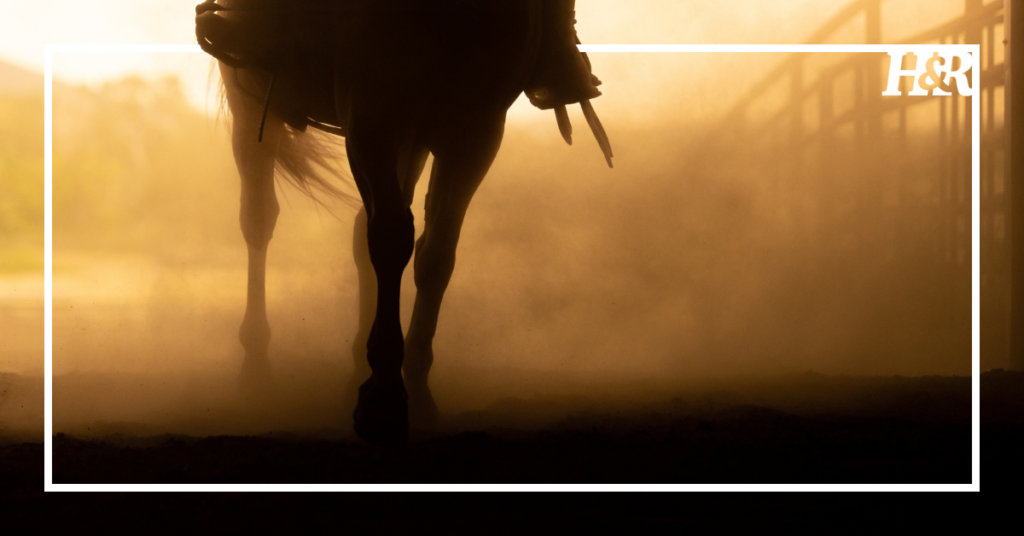Osteoarthritis is a common cause of lameness and performance decline in horses, with estimates suggesting that 60 percent of all lameness is due to osteoarthritis according to UC Davis.
Understanding osteoarthritis doesn’t have to be complicated, but it is important to have a basic understanding so you can be prepared to intervene if you notice your horse suffering from the condition.
Equine osteoarthritis (OA) affects the joints, causing pain, inflammation, and reduced mobility. OA can impact the comfort and longevity of horses, whether they are weekend trail partners or high-level performance athletes.
We’ll be providing information about this condition throughout the month of June, during our Osteoarthritis Awareness Month, brought to you by our friends at Zycosan.

Let’s get a basic understanding of OA in three steps:
1. It’s a Degenerative Joint Disease
This condition can occur in any synovial joint. These joints allow movement between bones and are filled with synovial fluid released by cells of the synovial membrane that helps cushion the joint. This fluid also provides nutrients to the cartilage and lubrication that facilitates joint movement.
The most common cause of most joint diseases is a breakdown or loss of cartilage. This breakdown can be caused by anything from repetitive, heavy use of the joint to a catastrophic fall or accident, and sometimes, the cartilage in the joint is abnormal to begin with.
2. It’s Not Picky About Age, Breed, or Gender
Osteoarthritis doesn’t discriminate based on age, breed, or gender. It can impact horses of any age, although it tends to worsen with age. OA can develop over a horse’s career, especially in hard-working performance horses experiencing repeated strain on their joints. Poor conformation can exacerbate the problem.
While OA is most common in older or performance horses, it can also affect young horses, especially those with poor conformation or who undergo strenuous training before their bodies are ready.
3. OA is Progressive
Osteoarthritis is a progressive condition, meaning it often worsens with age and activity, with no current cure. The best way to help your horse is to monitor him closely for signs of lameness, stiffness, or discomfort. Early intervention is crucial in keeping your horse comfortable and finding an effective treatment plan to increase his longevity.
Know your horse’s baseline health. Observe him daily, watch his movement, and note any changes in behavior or stiffness during rides. The more you pay attention to your horse and understand his comfort level, the quicker you can detect changes that may indicate a serious issue.
Brought to you by:


